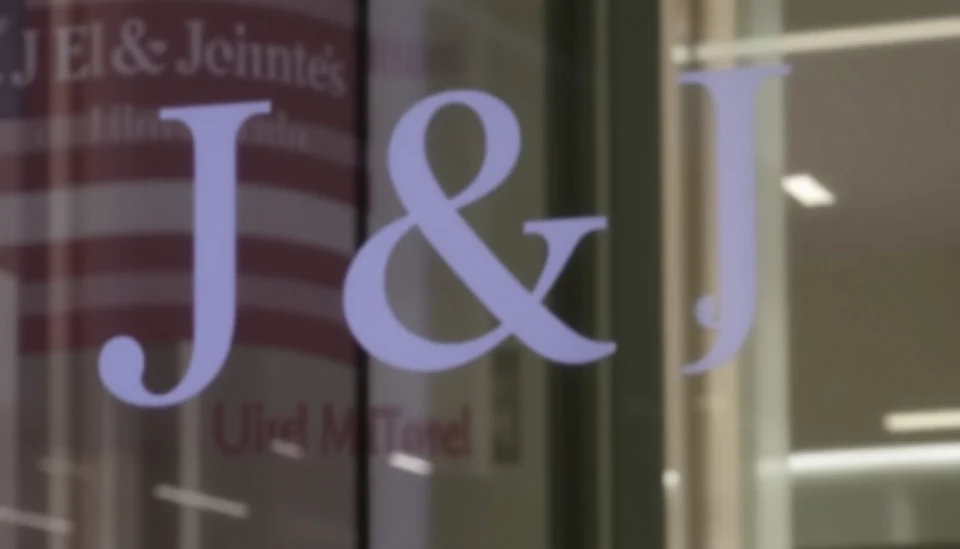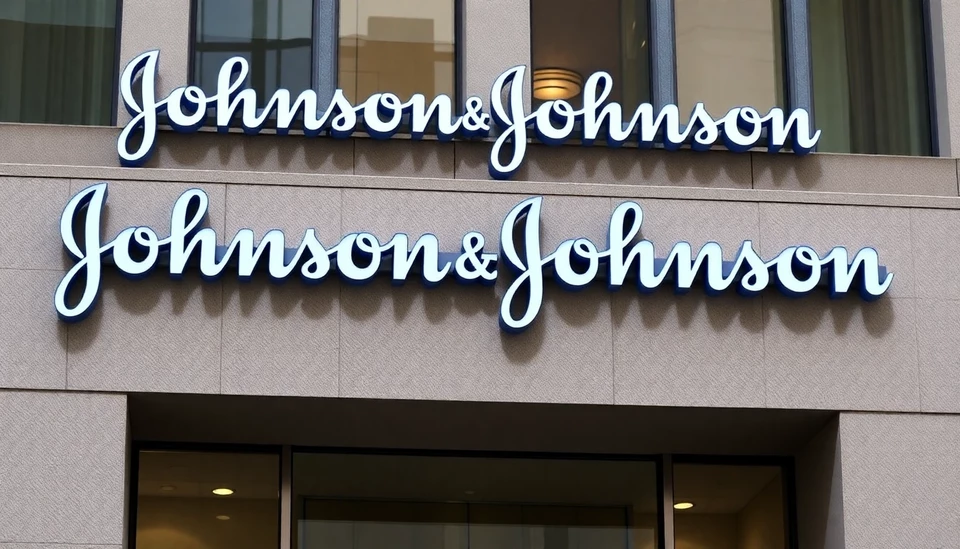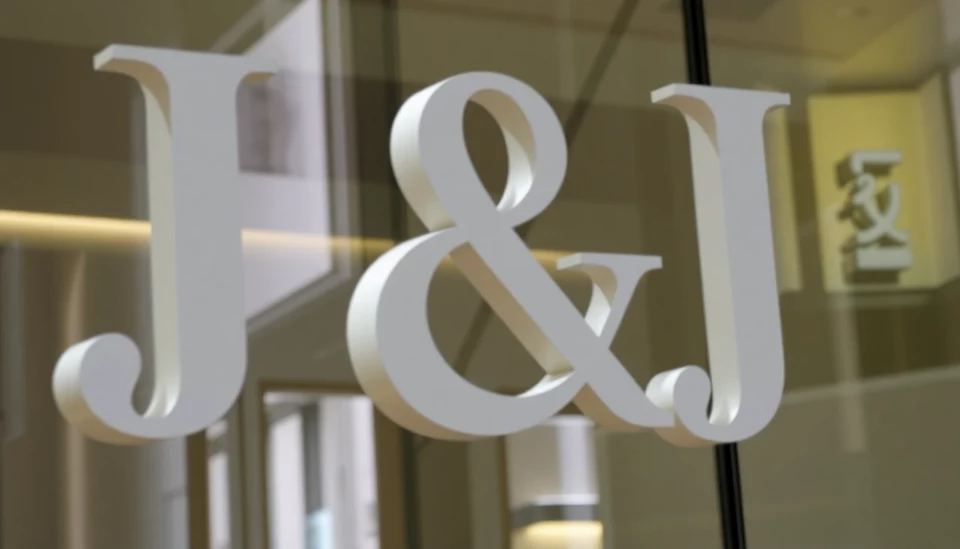
In an unfolding legal saga, Johnson & Johnson (J&J), the healthcare behemoth known for its diverse array of consumer health products, is gearing up for a significant courtroom battle regarding its controversial bankruptcy strategy. This high-stakes situation centers around J&J’s attempt to resolve a massive array of legal claims linked to its talc-based products, which have been alleged to cause cancer. The company has faced thousands of lawsuits from claimants alleging that its talcum powder has resulted in health issues, primarily ovarian cancer and mesothelioma.
The allegations against J&J have not only put the company's reputation at risk but also posed a financial challenge that it now seeks to address through bankruptcy proceedings. Earlier this year, J&J implemented a strategy to place its talc liabilities into a subsidiary, LTL Management LLC, and subsequently filed for Chapter 11 bankruptcy. This maneuver was aimed at halting the numerous ongoing lawsuits and facilitating a resolution to the claims under a court-supervised plan.
However, the court’s acceptance of this bankruptcy filing is not a foregone conclusion. Opponents of J&J’s approach argue that the company is misusing the bankruptcy process to evade accountability and should face the claims in a conventional court. A critical point of contention is whether the LTL subsidiary can successfully sustain bankruptcy protection given that it was created with the sole purpose of holding the talc lawsuits and does not have any other significant assets.
This case has drawn considerable attention not only for its implications on J&J’s future but also for the broader issue of corporate accountability in instances of alleged harm caused by products. The upcoming hearings will determine if J&J can continue to shield itself from the legal repercussions of its talc powder products through bankruptcy and whether victims’ claims will be afforded the due process they seek.
The eventual outcome could set a significant precedent for how similar cases are handled moving forward. If J&J’s bankruptcy strategy is accepted, it may pave the way for other companies facing similar lawsuits to pursue bankruptcy as a means of resolving mass tort claims. Conversely, a ruling against J&J could embolden plaintiffs and potentially lead to larger awards in lawsuits against corporations attempting to sidestep litigation through bankruptcy means.
Analysts are closely watching how the court will navigate the delicate balance of allowing businesses to reorganize while also ensuring that justice is served for those who claim harm. The hearings are also expected to showcase the deeply polarized opinions surrounding corporate responsibility and consumer safety in today's marketplace.
As this story develops, stakeholders across the healthcare, legal, and business sectors are bracing for a lengthy battle that promises to resonate well beyond J&J. Future implications for corporate practices, consumer protections, and the framework of bankruptcy law remain to be seen.
As Johnson & Johnson prepares for this crucial court case, the narrative surrounding corporate accountability and healthcare products continues to evolve, raising questions that may shape the industry’s future.
Stay tuned as we provide updates on the proceedings and what it could mean for both the consumers and the giant at the center of it all.
#JohnsonAndJohnson #Bankruptcy #TalcClaims #CorporateAccountability #LegalBattle #ConsumerHealth
Author: John Harris




